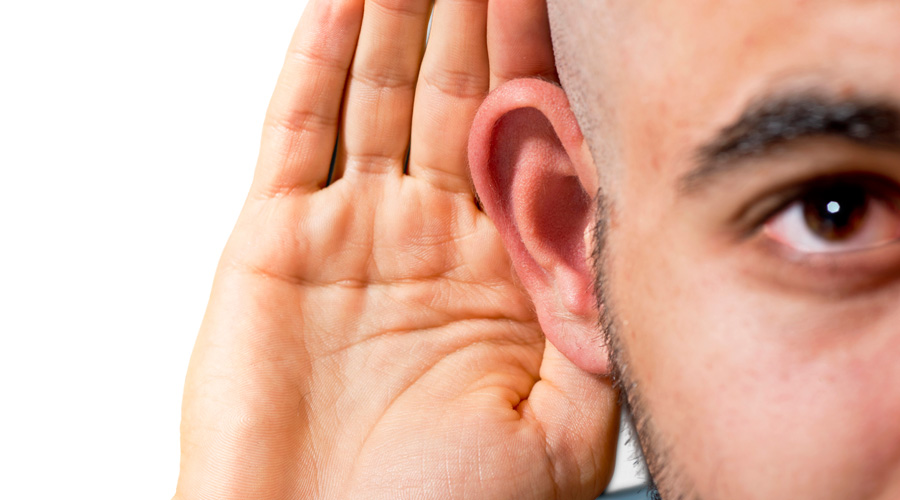Inside: A breakdown of every major financial statement so you can know the financial health and outlook of your business.
You probably got into pharmacy to help patients, not stare at spreadsheets, but you can’t ignore the finances that keep your store in business.
As an owner, you need to put together financial statements like a profit and loss statement, balance sheet, and cash flow statement in order to understand what parts of your business are working and where you could be more efficient.
And these documents aren’t just for internal use. If you ever hope to woo an investor or take out a small business loan, you’ll need to show them these documents to prove your business is viable.
Here’s what you need to know about these important documents for your pharmacy, along with how you’ll use them.
Profit and Loss Statement
You might hear a profit and loss statement referred to as an income statement, or even simply a P&L. Whatever the name, this document takes into account your pharmacy’s revenues and expenses over time and shows your net earnings—a profit, if your net earnings are positive, or a loss, if your net earnings are negative.
Here’s how the different parts of the profit and loss break down:
- Revenue: This number will come from your sales figures over a designated period of time. If you have any income from capital gains, include that as well.
- Expenses: Expenses are categorized by operating expenses like labor, inventory, and utilities and non-operating expenses like interest on loans or any legal fees or service charges. If you experienced any losses over this period of time, include a category for them as well.
- Net Income: Take your total revenue and subtract the total expenses. The ending number is your net income for the period.
How It’s Used
A profit and loss statement is one of the best tools your pharmacy has for gauging performance over a specific period of time, be it a month, a quarter, or a year. While you may feel positive about the business from day to day, putting together a profit and loss statement can help you see how things are trending financially.
In addition to using it for your own recordkeeping, the profit and loss statement is what outsiders will use to make judgments about how business is going. If you ever decide to apply for a loan, pitch to investors, or take on a new business partner, you’ll need to show them a profit and loss statement.
You (or your accountant) may also use a profit and loss statement to prepare the pharmacy’s taxes.
Balance Sheet
On a single page, a balance sheet tells you what your pharmacy owns, how much it owes, and how much money is invested in the business.
The balance sheet relies on this formula:
Assets = Liabilities + Shareholder Equity
Here’s how that equation breaks down:
- Assets: This encompasses everything your pharmacy owns, like current assets including cash, inventory, and accounts receivable and fixed assets like equipment and real estate.
- Liabilities: You have current liabilities like wages and accounts payable as well as non-current liabilities like debt from a long-term business loan or deferred tax liabilities.
- Shareholder equity: This is made up of any retained earnings and the invested capital that’s been raised to keep the business running.
How It’s Used
Unlike the profit and loss statement, which gives a picture of the pharmacy’s financial health over time, the balance sheet is a snapshot of financial health at a specific point.
The assets on a balance sheet show you what your pharmacy is capable of. If your pharmacy is healthy, your assets will demonstrate that you’ll be able to pay your bills and invest in providing excellent service for your patients.
On the other hand, the liabilities on your balance sheet can demonstrate potential speed bumps. If you have more liabilities than assets, it’s a sign that you will have a hard time keeping your head above water.
Cash Flow Statement
The cash flow statement shows the state of your money in clear terms: where it’s coming in and where it’s going.
This financial statement divides cash flow into three categories:
- From Operations: Cash flow from operations should include the buying and selling of your inventory as well as employee salaries. It’s essentially the cash version of net income.
- From Investments: In addition to including gains and losses from investments, this section should include the cash spent on property and equipment.
- From Financing: In this section of your cash flow report, you will record the cash that flows to and from investors and creditors. This section also includes cash obtained or paid out due to fundraising, dividends, or share buybacks.
How It’s Used
The cash flow statement not as succinct as either the profit and loss statement or the balance sheet, but it gives a good sense of the detailed ebbs flows of the business.
For many investors, cash is seen as the best shorthand for financial health. The cash flow statement shows them how money is being spent and helps them make a judgment about whether your pharmacy will be a smart investment. Creditors look at the cash flow statement to see how liquid your pharmacy is and to determine whether you have enough cash on hand to operate the business and pay your debts.
A business could have plenty of assets on paper but poor cash flow management, and the cash flow statement is the best place to find that information.
Other Financial Statements
When investors and creditors ask for financial statements, they typically want to see your profit and loss statement, balance sheet, and cash flow statements. But there are other financial statements that you may find useful in assessing your pharmacy’s business practices.
Budget vs. Actual Report
A budget vs. actual report helps you get the most out of your money. While business costs can be unpredictable, estimating your future revenues and expenses and creating a budget can be a good exercise to get really familiar with your operations costs.
When you create an ideal budget for a specific period of time, you can later compare that budget to your actual spending. It can show you where you didn’t meet expectations, which predictions proved to be unreasonable, and where you can trim the fat if you need to.
While you shouldn’t live and die by your budget, it can help you think critically about your business spending.
Accounts Receivable Aging Report
This report is a list of unpaid invoices organized by date. Generally, unpaid invoices are categorized by less than 30 days old, 31 to 60 days old, 61 to 90 days old, and over 91 days old.
Keeping up an accounts receivable aging report helps you stay on top of those unpaid invoices so you can keep cash flowing into the business. The longer your receivables languish, the more likely they are to go unpaid.
Retained Earnings Statement
This statement might be included as part of the profit and loss statement or balance sheet, but it may be separate. It does exactly what it says — displays your pharmacy’s retained earnings.
Retained earnings are the net income that is left over after all the business expenses have been paid. The statement shows that you have extra money to reinvest in your business or pay back as a dividend to investors.
Follow the Series

This blog series is all about learning the essentials of pharmacy financials. Follow along as we discuss the ins and outs of the financial aspects of running a business.
Part 1: Financial Statements
Part 2: Balance Sheet
Part 3: Budgeting
Part 4: Financing
Part 5: Cost of Goods Sold
Part 6: Gross Profit vs. Net Income
Part 7: Accountant or Financial Planner: Who Should Manage Your Money?
A Member-Owned Company Serving Independent Pharmacies
PBA Health is dedicated to helping independent pharmacies reach their full potential on the buy-side of their business. Founded and run by pharmacists, PBA Health serves independent pharmacies with group purchasing services, wholesaler contract negotiations, proprietary purchasing tools, and more.
An HDA member, PBA Health operates its own NABP-accredited warehouse with more than 6,000 SKUs, including brands, generics, narcotics CII-CV, cold-storage products, and over-the-counter (OTC) products — offering the lowest prices in the secondary market.












